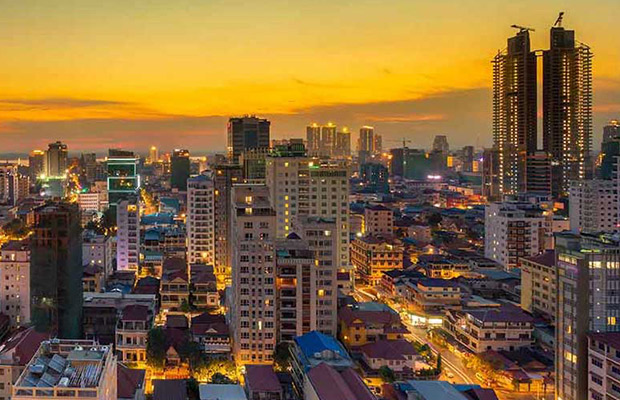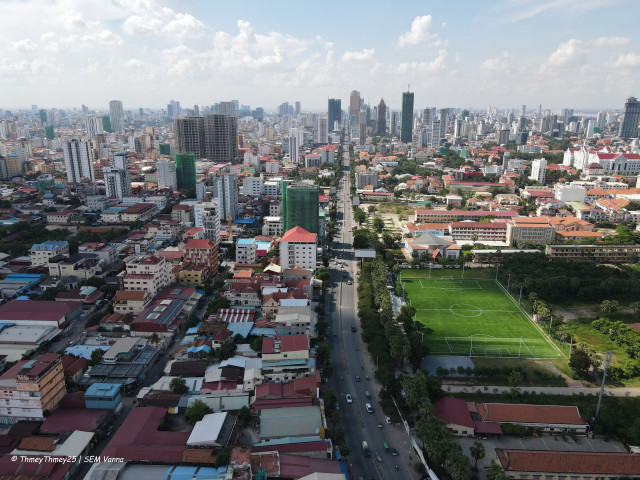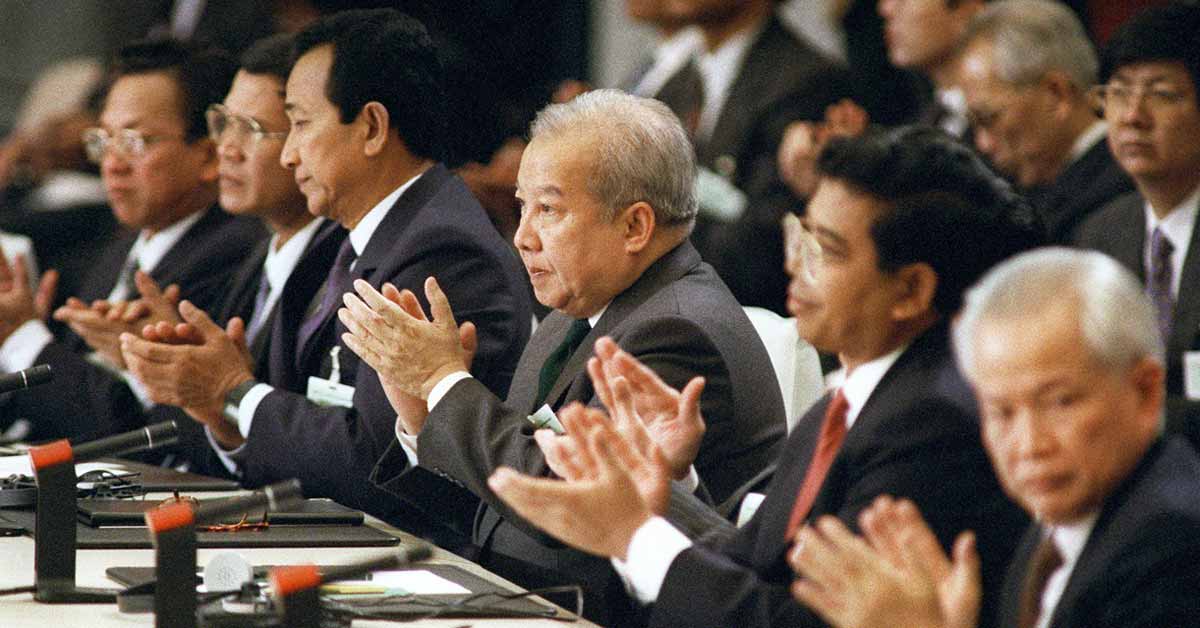- Historical Context: Cambodia has a long tradition of education dating back to the ancient Khmer civilization, with Buddhist monasteries serving as centers of learning and scholarship. However, during the Khmer Rouge regime (1975-1979), education was systematically dismantled as part of the regime’s efforts to create an agrarian communist utopia. Schools were closed, intellectuals were targeted for execution, and the education system was virtually eradicated.
- Structure of the Education System: The modern education system in Cambodia is structured into several levels, including:
- Early Childhood Education: Early childhood education is provided through preschools and kindergartens, although access remains limited, especially in rural areas.
- Primary Education: Primary education is compulsory for children aged 6 to 12 and consists of six years of schooling. The primary curriculum includes Khmer language, mathematics, science, social studies, and moral education.
- Secondary Education: Secondary education comprises two cycles: lower secondary (grades 7-9) and upper secondary (grades 10-12). Students can choose between general academic tracks or vocational/technical tracks.
- Higher Education: Higher education in Cambodia includes universities, institutes, and vocational training centers. Major universities in Cambodia include the Royal University of Phnom Penh, the Institute of Technology of Cambodia, and the Royal University of Law and Economics.
- Challenges Facing the Education System: Cambodia’s education system faces numerous challenges, including:
- Access: Access to education remains uneven, particularly in rural and remote areas where schools are scarce and transportation is limited. Poverty, gender disparities, and disability also affect access to education, with marginalized groups facing barriers to enrollment and retention.
- Quality: The quality of education in Cambodia varies widely, with issues such as overcrowded classrooms, poorly trained teachers, outdated teaching materials, and a lack of educational resources. Teacher absenteeism, low salaries, and insufficient professional development opportunities further contribute to the quality gap.
- Language Barrier: Khmer is the primary language of instruction in Cambodian schools, which poses challenges for ethnic minority students who speak different languages at home. Limited availability of bilingual education programs and support services exacerbate language barriers and hinder learning outcomes.
- Infrastructure: Many schools in Cambodia lack basic infrastructure and amenities, including clean water, sanitation facilities, electricity, and classrooms. Poorly maintained school buildings, inadequate furniture, and unsafe learning environments detract from the overall quality of education.
- Equity: Socio-economic disparities and discrimination impede equal access to education for all Cambodian children. Children from impoverished backgrounds, rural communities, ethnic minorities, and marginalized groups face systemic barriers to educational opportunities and outcomes.
- Recent Reforms and Initiatives: In recent years, the Cambodian government and various stakeholders have implemented reforms and initiatives aimed at improving the quality, accessibility, and inclusivity of education. Some key reforms include:
- Education Strategic Plan: The Cambodian government has developed Education Strategic Plans (ESP) to guide education policy and investment priorities. The ESP focuses on improving access to quality education, enhancing teacher training and professional development, and strengthening governance and accountability mechanisms.
- Teacher Training and Capacity Building: Efforts have been made to enhance teacher training programs, update curricula, and improve teaching methodologies. Initiatives such as in-service training, mentorship programs, and partnerships with international organizations aim to build the capacity of teachers and school leaders.
- Infrastructure Development: Investments in school infrastructure and facilities have been prioritized to address the backlog of infrastructure needs. New school construction projects, renovations, and upgrades to water and sanitation facilities aim to create safe and conducive learning environments for students.
- Expanding Access: Initiatives to expand access to education include building more schools in rural areas, providing scholarships and incentives for marginalized students, and implementing flexible learning modalities such as distance education and non-formal education programs.
- Future Directions: Despite the progress made, challenges persist in ensuring equitable access to quality education for all Cambodian children. Addressing issues such as poverty, language barriers, teacher capacity, and infrastructure will require sustained investment, innovative approaches, and multi-stakeholder collaboration. Efforts to promote inclusive education, improve learning outcomes, and build a skilled workforce are essential for Cambodia’s socio-economic development and long-term prosperity.
In conclusion, education in Cambodia is essential for empowering individuals, reducing poverty, and promoting social and economic development. While significant challenges remain, ongoing reforms and initiatives offer hope for a brighter future, where all Cambodian children have the opportunity to receive a quality education and realize their full potential.












